1. Strict Curfews for Women
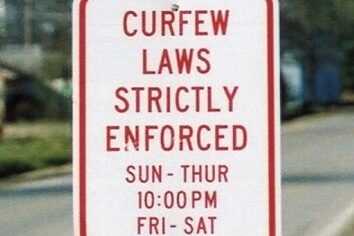
In the 1950s, many colleges imposed strict curfews for female students, requiring them to be back in their dorms by 10 PM on weekdays and slightly later on weekends. These rules were enforced by live-in housemothers, who would check the women in and ensure no one stayed out late. If you missed curfew, you could face disciplinary action, which might include anything from a stern warning to being barred from attending social events. Meanwhile, male students were often given significantly more freedom, leading to an obvious double standard.
These curfews were rooted in the idea of “protecting” women’s reputations and maintaining societal expectations of proper behavior. Colleges acted as surrogate parents, enforcing these rules to appease families. While some students found ways to sneak back in or circumvent the rules, the constant supervision added an extra layer of stress. Today, the idea of a college curfew seems almost laughable, but back then, it was considered a necessary part of campus life.
2. Mandatory Chapel Attendance
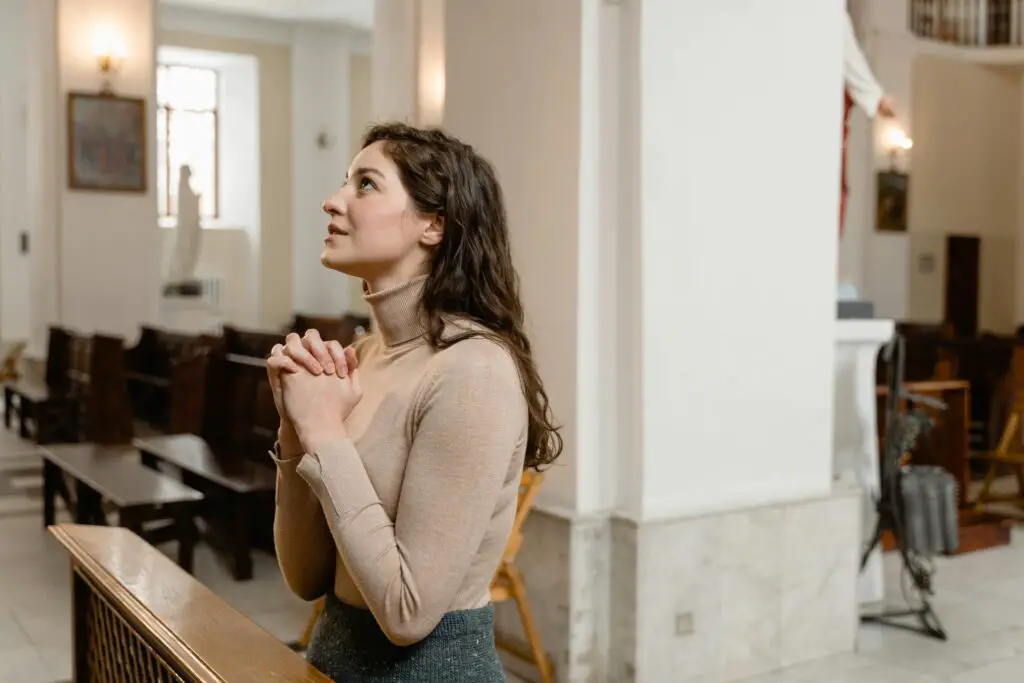
Whether or not you were religious, attending chapel services was often a non-negotiable part of college life in the ’50s. Many colleges, especially those with religious affiliations, required students to attend chapel several times a week. Missing these services could result in fines, extra assignments, or even a temporary suspension. Chapel attendance was tracked meticulously, with some schools using seating charts to ensure everyone was present.
For students who weren’t particularly religious, this rule felt like a burdensome intrusion on their personal beliefs. However, colleges argued it was part of building moral character. While some students participated begrudgingly, others embraced the experience as a chance to connect with their community. Either way, chapel attendance wasn’t just encouraged—it was enforced with vigor, shaping campus culture in a way that feels worlds apart from today.
3. Dress Codes for All Occasions
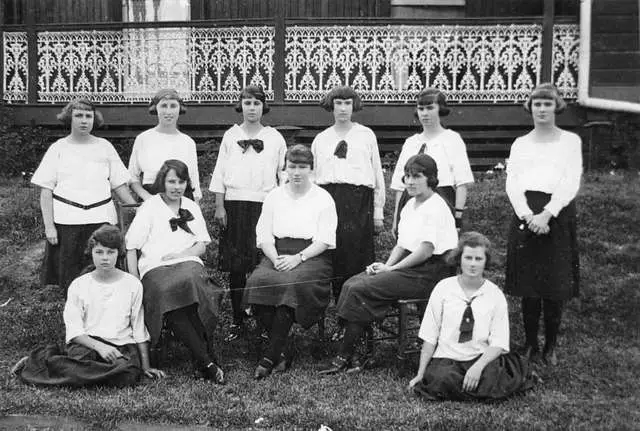
Casual wear was not an option for college students in the ’50s. Women were expected to wear skirts or dresses, while men were required to don slacks, dress shirts, and ties for classes and campus events. Jeans were reserved for manual labor or athletic activities and were rarely seen in classrooms. Enforcement of dress codes was strict, with faculty often sending students home to change if they didn’t meet the standard.
The rationale behind these rules was that dressing well encouraged professionalism and respect for the educational environment. While some students enjoyed the formality, others found it stifling and longed for more comfort. Looking back, these strict dress codes seem incredibly outdated, especially when contrasted with today’s norm of hoodies and sweatpants in lecture halls. Still, it’s a testament to how much societal expectations have evolved.
4. Limited Career Paths for Women
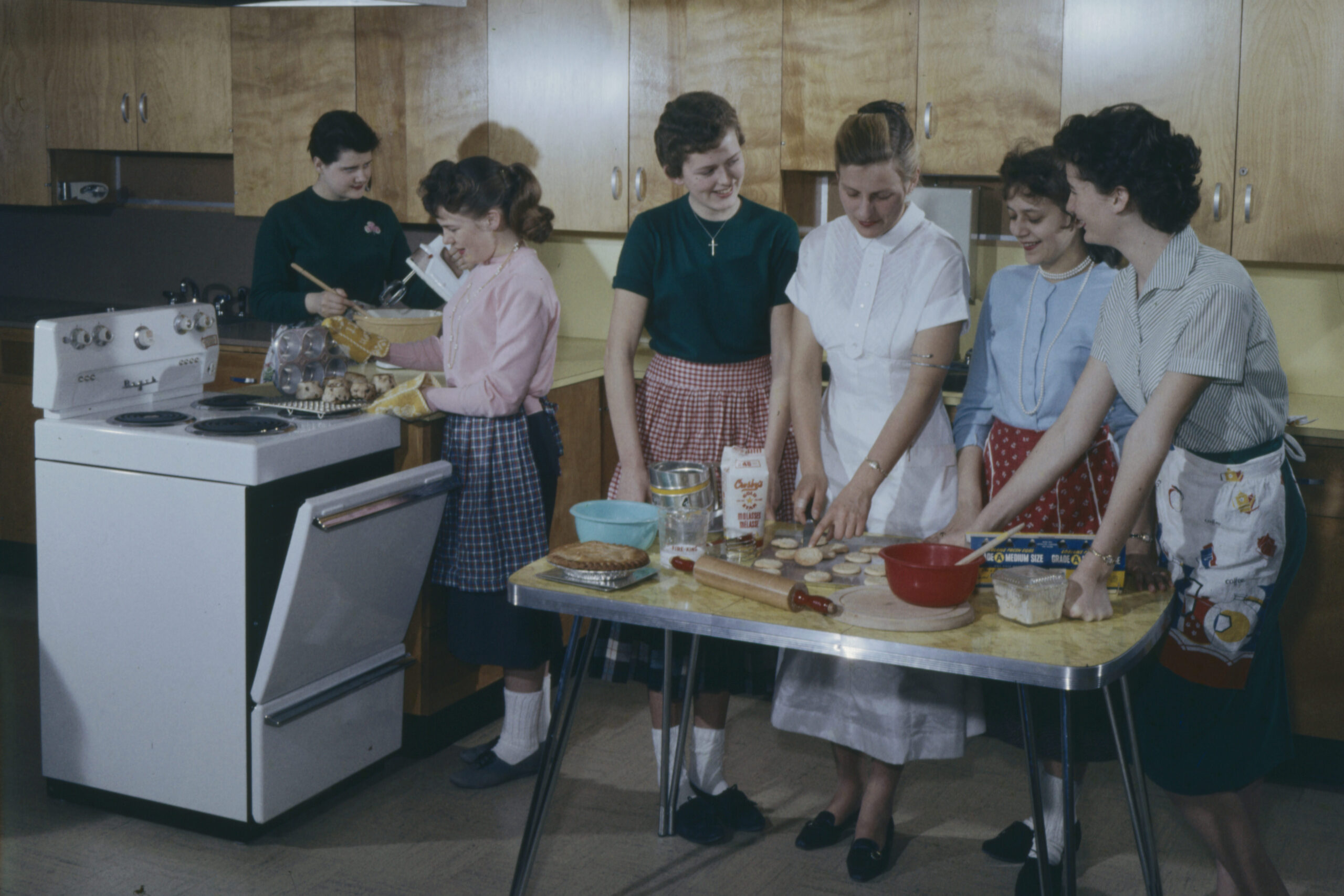
For female students in the ’50s, career options were often limited to teaching, nursing, or secretarial work. Women’s colleges and co-ed institutions alike focused on preparing women for these “acceptable” professions or, more often, for marriage. Academic advisors often discouraged women from pursuing degrees in fields like engineering or law, labeling them as “unsuitable” or “impractical” for women.
This limitation wasn’t just societal but institutional. Course offerings for women were sometimes tailored to homemaking skills, such as home economics or child development. While some women challenged these norms and pursued ambitious goals, they faced significant hurdles both in school and in the workforce. Today, it’s inspiring to see how far opportunities for women have come, but it’s equally sobering to remember how restrictive the landscape was just a few decades ago.
5. Separate Dormitories by Gender
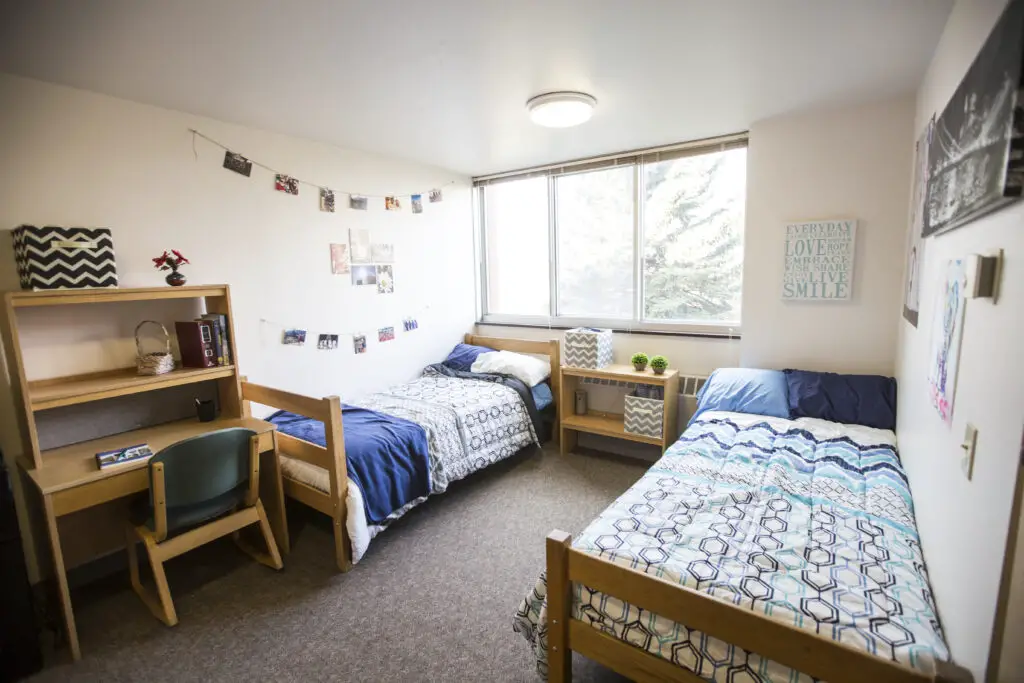
Co-ed dorms were virtually unheard of in the ’50s. Men and women lived in completely separate buildings, often on opposite ends of campus. Interaction between the genders was usually limited to common areas or supervised events. Strict rules governed visiting hours, and even during those times, doors were often required to remain open with at least one foot on the floor.
The separation was justified as a way to maintain propriety and avoid distractions, but it also reinforced gender stereotypes and limited social interactions. While many students adhered to the rules, some found creative ways to break them, sneaking into each other’s dorms and risking punishment. These policies reflect the rigid societal norms of the era, where any deviation from the prescribed behavior was met with suspicion and judgment.
6. No Cars Allowed for Freshmen
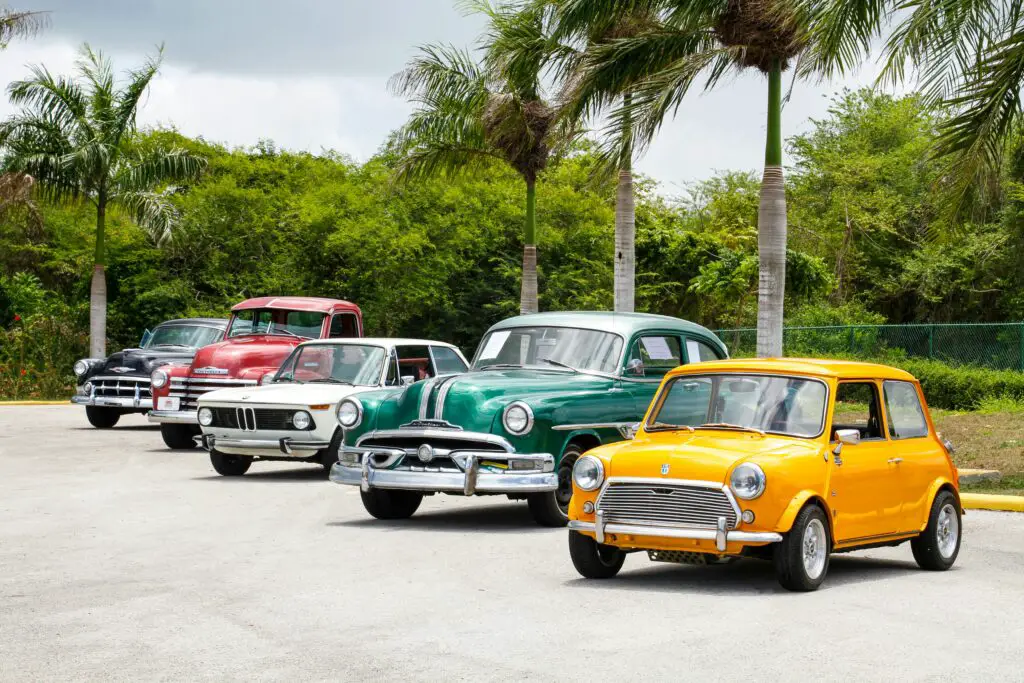
In the ’50s, many colleges prohibited freshmen from bringing cars to campus. Administrators believed this rule would help students focus on their studies and discourage unnecessary trips off-campus. Public transportation and carpooling were the primary ways to get around, making spontaneous road trips a rarity for first-year students.
While upperclassmen often enjoyed more freedom, the rule frustrated freshmen who felt trapped without a personal vehicle. For students attending colleges in rural areas, the restriction could feel particularly isolating. Today, while some colleges still discourage cars due to parking limitations, the outright ban on vehicles for certain students feels like a relic of the past.
7. Strict Dancing Rules
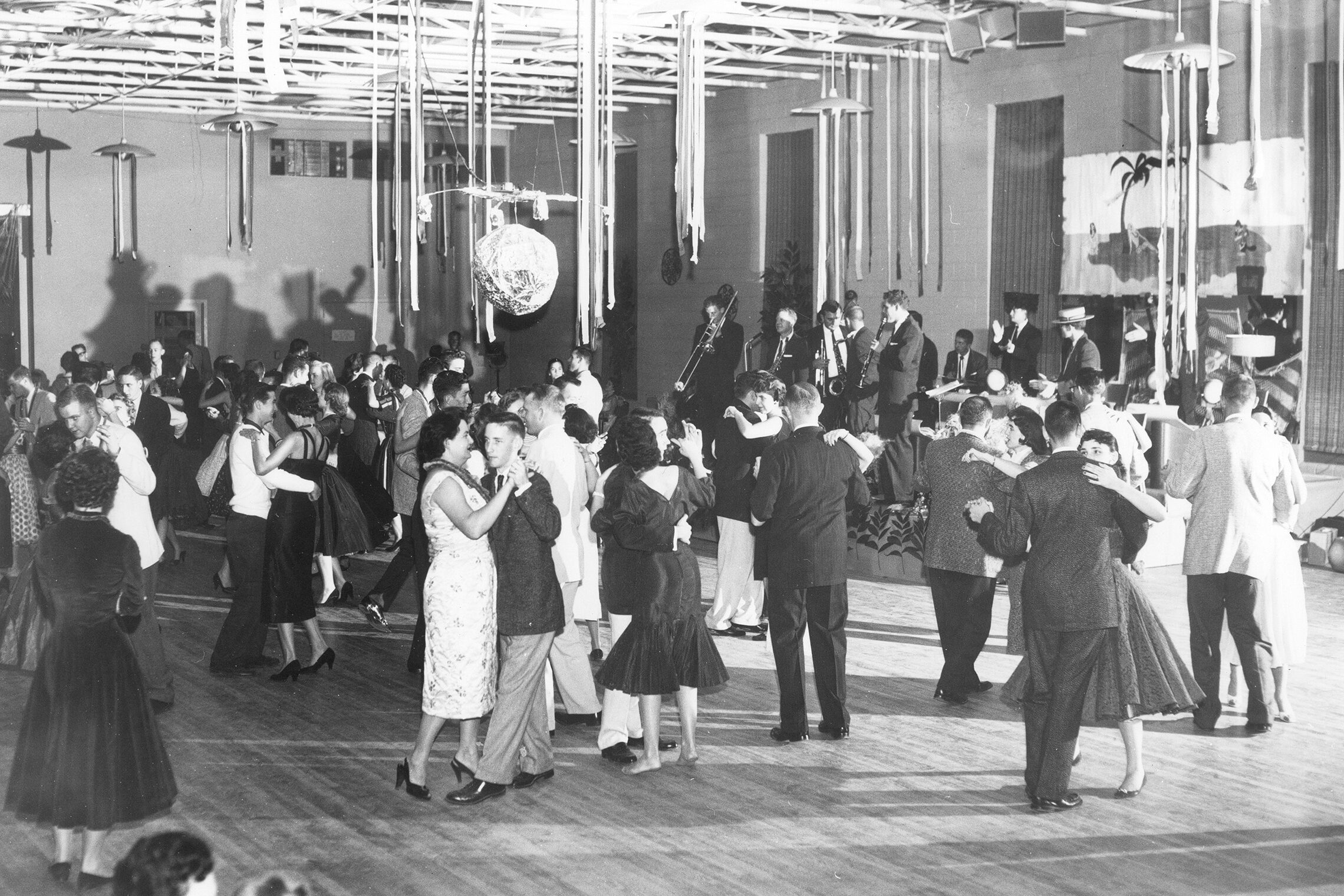
Dancing might seem like harmless fun, but in the ’50s, many colleges had strict rules governing it. Some religious institutions outright banned dancing, considering it morally questionable. For schools that allowed it, chaperones were often present to ensure that students kept a respectable distance from one another. Slow dances, in particular, were closely monitored for any signs of impropriety.
Students often found ways to push the boundaries, with off-campus parties becoming a popular alternative to tightly controlled campus dances. Despite the restrictions, dancing remained a cherished pastime, albeit one filled with unspoken rules and careful supervision. Looking back, these rules highlight how much societal attitudes toward personal expression have shifted over the decades.
8. Limited Access to Birth Control

In the ’50s, discussing or accessing birth control was taboo, and for college students, it was practically impossible. Many colleges adhered to strict moral codes that aligned with societal views of the time. Health centers on campus rarely provided information or resources related to contraception, leaving students to navigate these issues in secrecy.
This lack of access disproportionately affected women, who bore the consequences of unintended pregnancies. The stigma surrounding premarital sex further complicated matters, making it a subject rarely discussed openly. Today, college health services often prioritize reproductive health, a stark contrast to the silence and shame that dominated the ’50s.
9. Limited Recreational Opportunities
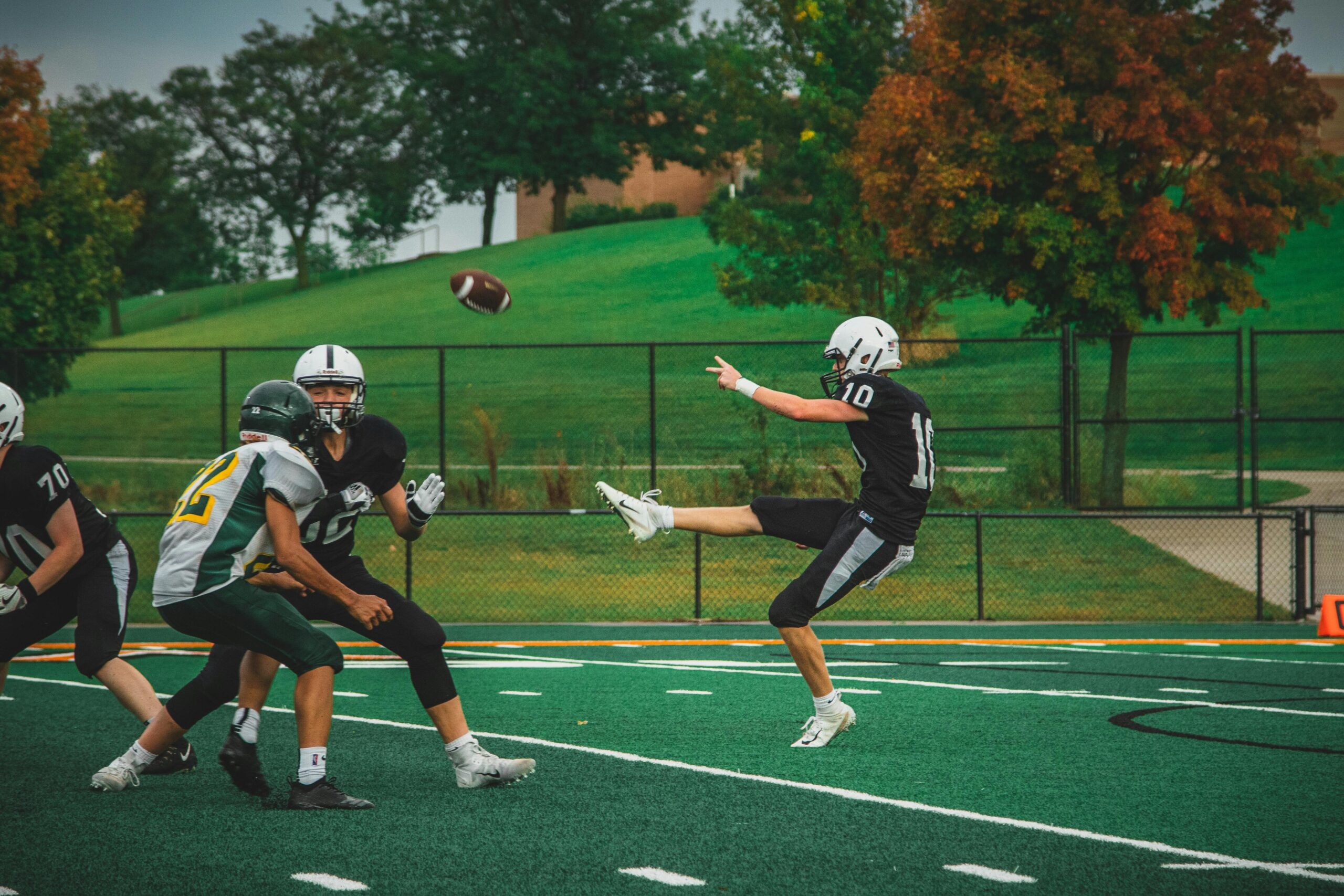
Campus life in the ’50s wasn’t as packed with extracurricular activities as it is today. Recreational opportunities were often limited to traditional sports, academic clubs, and school-sponsored dances. Activities deemed too “controversial” or “frivolous” were discouraged, leaving little room for creative or unconventional pursuits.
This rigidity sometimes stifled students who sought outlets for self-expression or alternative interests. However, it also meant that campus communities were tightly knit, as students had fewer options and tended to participate in the same events. Today’s students might find it hard to imagine such a restricted environment, but for ’50s students, it was simply the norm.
10. Smoking Allowed Everywhere

Ironically, while many aspects of student life were strictly regulated, smoking was widely permitted. Students could smoke in dorms, classrooms, and even during exams. Cigarettes were considered a symbol of sophistication, and there was little awareness of the health risks associated with smoking.
For many students, smoking became a social activity, with lounges often filled with clouds of cigarette smoke. While it might seem shocking today, the pervasive culture of smoking was a reflection of the era’s norms. Modern anti-smoking campaigns would have seemed unfathomable to students of the ’50s, who embraced the habit without a second thought.
11. Marriage Was a Priority
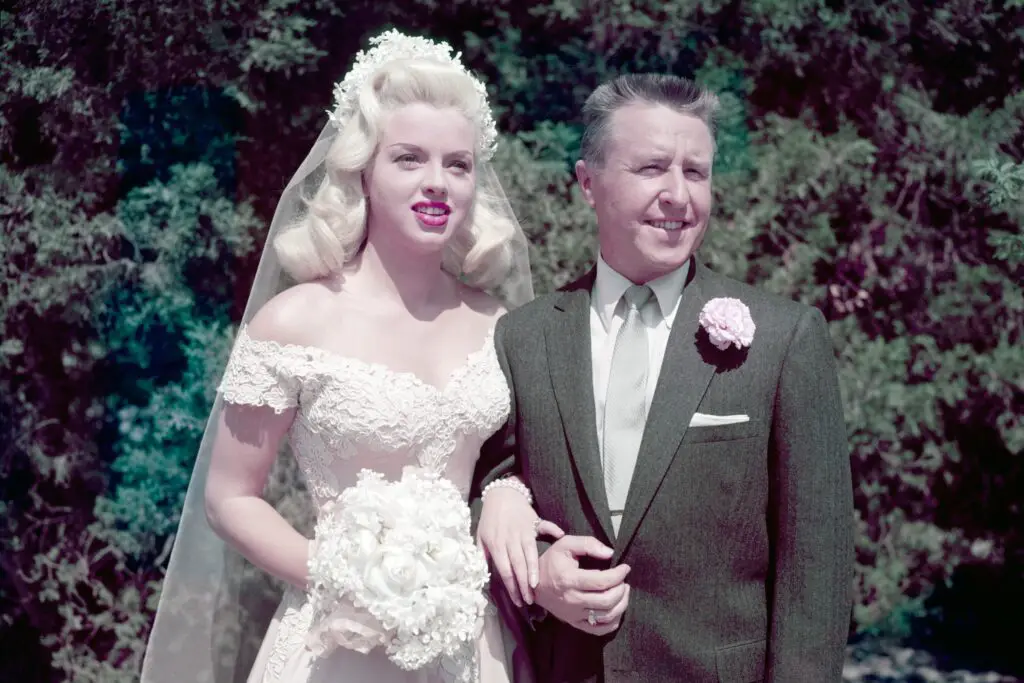
For many college students, especially women, the ultimate goal wasn’t just earning a degree—it was finding a spouse. Colleges were often referred to as “marriage markets,” with the assumption that women would marry shortly after graduation, if not before. Courses like “marriage and family” were even offered to prepare students for their future roles as husbands and wives.
This expectation placed immense pressure on students, particularly women, to conform to societal norms. Those who prioritized their education or careers were often viewed as unconventional or even rebellious. While the focus on marriage has diminished over the years, it’s fascinating to reflect on how central it was to college life in the ’50s.
12. No Alcohol on Campus

Strict alcohol policies were the norm on college campuses in the ’50s. Drinking was generally prohibited, even for students who were of legal age. This rule was often enforced by resident advisors and campus security, with severe penalties for those caught violating it. Some colleges even went so far as to ban alcohol at off-campus events involving students.
Despite these rules, drinking still occurred, often in secret. Students would gather off-campus or find hidden spots to indulge, risking expulsion if caught. Today’s college culture around alcohol is markedly different, with many schools focusing on harm reduction rather than outright prohibition.
13. Prohibited from Living Off-Campus
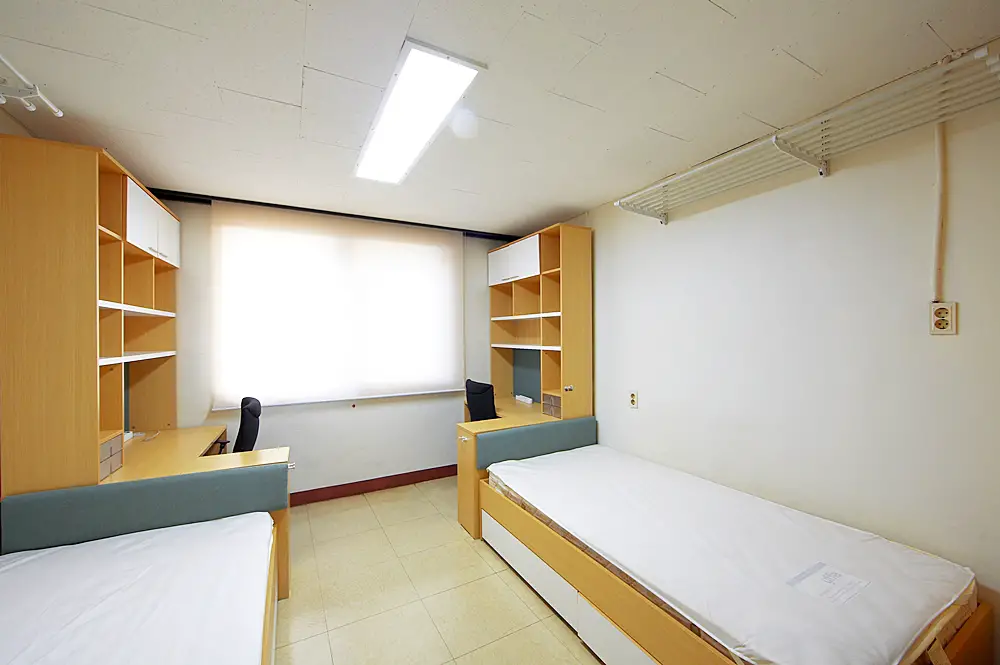
Living off-campus was a privilege reserved for upperclassmen or married students in the ’50s. Freshmen and sophomores were usually required to live in dormitories, which were seen as extensions of the college’s control. Off-campus housing was often considered inappropriate, as it allowed students more freedom than administrators were comfortable with.
This rule reinforced the idea that colleges acted as surrogate parents, maintaining strict oversight of students’ lives. While some students chafed under these restrictions, others appreciated the sense of community that dorm life fostered. Today, the decision to live on or off-campus is largely up to the student, reflecting a shift toward greater independence.
14. Gender-Specific Courses
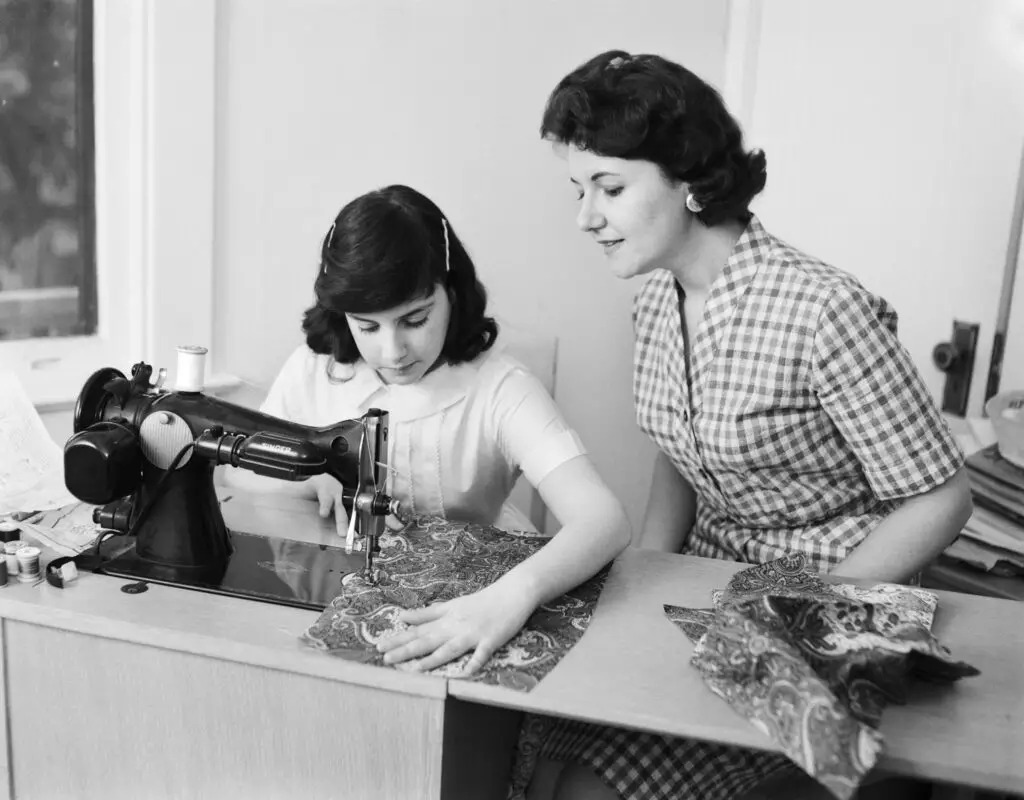
In the ’50s, many colleges offered courses specifically designed for men or women, reflecting societal expectations of the time. For example, women’s courses might include home economics, while men’s courses focused on engineering or business. Co-educational classes existed but were less common, and gender roles were often reinforced through the curriculum.
These courses perpetuated stereotypes and limited students’ opportunities to explore diverse fields. While some students thrived within these confines, others felt stifled and pushed back against the norms. The gradual dismantling of these barriers paved the way for today’s more inclusive educational environment.
15. Strict Honor Codes

Honor codes were a significant part of college life in the ’50s, emphasizing academic integrity and personal responsibility. Students were expected to report any instances of cheating or rule-breaking, creating a culture of accountability. Violating the honor code could result in severe consequences, including suspension or expulsion.
While some students appreciated the emphasis on ethics, others felt the pressure to police their peers created unnecessary tension. The honor codes also extended to behavior outside the classroom, dictating students’ conduct in social situations. Although honor codes still exist today, they are often less rigid and focus more on fostering a collaborative academic environment.
